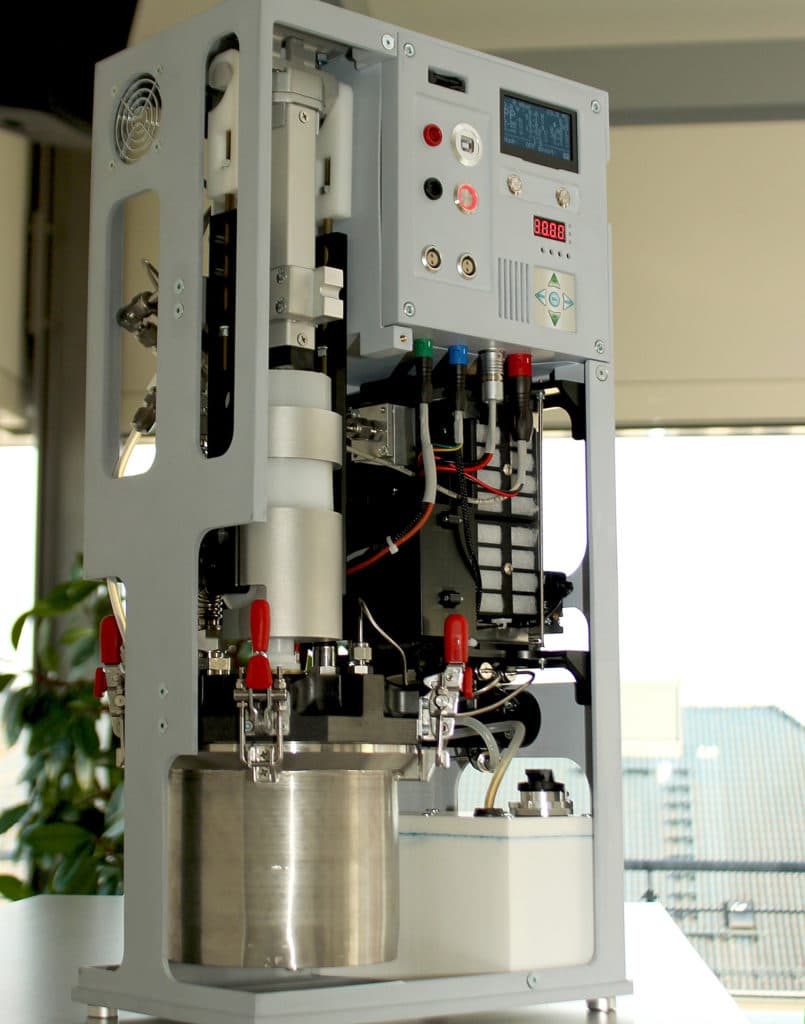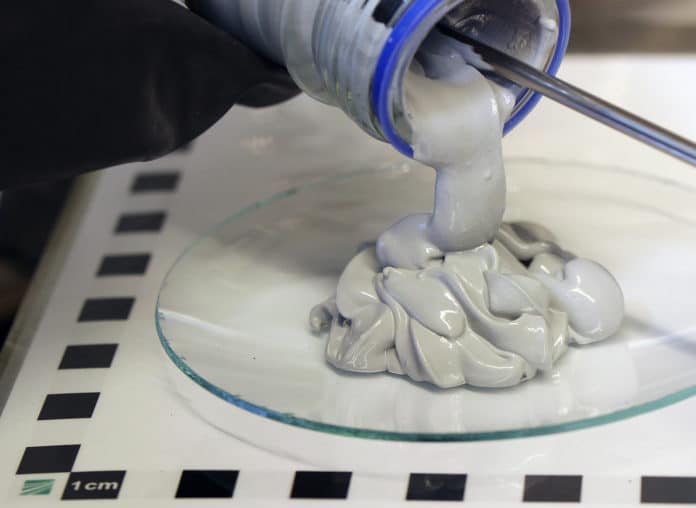The future car could be powered by a hydrogen fuel cell, one of the most promising alternatives to replace gasoline and other hydrocarbon-based fuels. However, hydrogen for fuel cells is extremely volatile and therefore difficult to store and transport. Thus, before hydrogen technology can be widely used, various obstacles must be overcome. And one of the most difficult is hydrogen storage. Researchers have now succeeded in turning the gas into an easy-to-use paste.
A team from the Fraunhofer Institute for Manufacturing Technology and Advanced Materials IFAM in Dresden has developed a hydrogen-containing paste that stores hydrogen energy at ten times the lithium battery‘s density. The hydrogen-based fuel that is ideal for small vehicles: POWERPASTE, is based on solid magnesium hydride, making it easier to store and use.
Magnesium hydride paste stores hydrogen in the chemical form at room temperature and atmospheric pressure, which is easily released on demand. And given that the POWERPASTE begins to decompose only at temperatures around 250 °C, it remains safe, even when the vehicle stands for hours in the scorching sun. Plus, refueling is extremely simple. Instead of heading to the filling station, riders can replace an empty cartridge with a new one and then refill the tank with mains water. This can be done easily at home or on the go.

The starting material for POWERPASTE is magnesium, one of the most abundant elements and, therefore, an easily available raw material. Magnesium powder combines with hydrogen to form magnesium hydride in a process at 350 °C and five to six times atmospheric pressure. An ester and a metal salt are then added to form the finished product. Onboard the vehicle, the paste is released from the cartridge using a plunger. When water is added from the tank, the reaction produces hydrogen gas in a quantity that can vary according to the actual requirements of the fuel cell.
In fact, only half of the hydrogen originates from the POWERPASTE; the rest comes from the added water. The POWERPASTE has a high energy storage density. Scientists claim that this is significantly higher than that of a 700 bar high-pressure tank, and compared to batteries, it has ten times the energy storage density. This means that this unique composition has an energy density comparable to or even better than gasoline.
Due to its high energy storage density, the POWERPASTE is a promising option for hydrogen fuel cell vehicles that can significantly increase the range of a battery-powered electric vehicle. Likewise, it could dramatically increase the flight times of large, clean fuel drones that can fly for several hours rather than a mere 20 minutes. Another plus point is – unlike gaseous hydrogen, it does not require a costly infrastructure. In places where there are no hydrogen stations, regular filling stations could therefore sell POWERPASTE in cartridges or canisters instead. POWERPASTE is also cheap to transport since no costly high-pressure tanks are involved nor the use of extremely cold liquid hydrogen.
The first POWERPASTE factory is scheduled to start operating in 2021. Four tons of the energy cream will initially be produced there annually.
